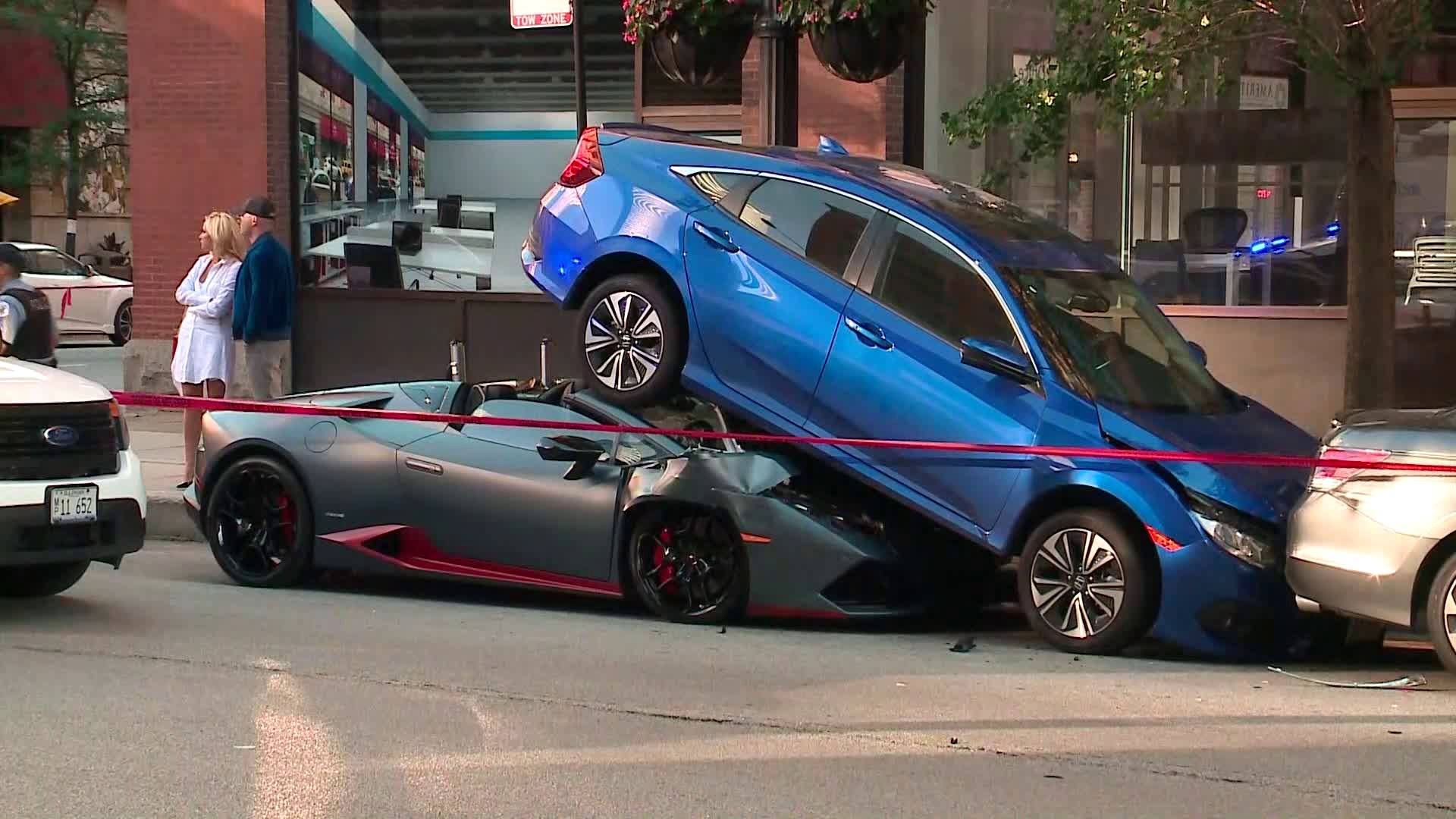This is a guest post courtesy of Perry J. Armitage, a Personal Injury Senior Litigator at McQuarrie, a law firm that provides comprehensive legal services throughout BC.

We all want to avoid accidents. Here are a few tips you can use that will not only be good for your safety, but can also help you avoid legal liability if you’re in an accident.
#1 Always Drive at a Safe Distance
One of the few nearly automatic ways to be found at fault in an accident is by rear ending the vehicle in front of you. It is very rare for there to be a rear end collision where the rear vehicle is not found at fault. That’s why it’s so important to always keep a safe distance between you and any vehicles in front of you.
The general rule is to be two seconds behind other vehicles. You can test by starting to count as the vehicle passes something like a sign or a telephone pole—if your vehicle passes the same landmark before you can count out two seconds, you’re too close and should back off accordingly! If conditions are slippery you’re better off counting to 3 or 4 seconds.
This habit, properly followed, should give you enough time to safely stop if a vehicle in front of you slams on the brakes suddenly.
#2 Always Obey the Speed Limit
One of the other ways to almost guarantee that you’ll be found at fault in an accident is if you were found to be speeding. There are a number of ways that police or investigators try to determine if any vehicle involved in a collision might have been speeding.
In basic collisions with no significant injuries or damage, they ask questions of everyone involved and any witnesses about how fast each vehicle was going, look at any physical evidence (e.g., skid marks), and any corroborating recordings from dash cams or security cameras that happened to catch the scene.
For more serious collisions that have significant injuries, multiple vehicles or fatalities, they may perform a much more thorough investigation with specially trained accident reconstruction professionals.
By using recordings and physical evidence at the scene, they can calculate how fast a vehicle was going during the accident. Speeding increases the chance of causing an accident and causing more serious accidents, so it is a good idea to stick to the speed limit to avoid causing one and being found at fault for it.
#3 Keep Distractions Away
By now, everyone should know about how dangerous driving can be while distracted. What’s less known is how many other ways there are to be distracted while driving: doing makeup, eating food, fiddling with the buttons and dials for the GPS or the radio, and so on. All of these can constitute distracted driving and should be avoided.
Detecting distracted drivers is becoming easier, particularly with the rise of utilizing public surveillance monitors, private dash cams and GoPro cameras. Police can also review your cell phone records or texting history to see if you’re distracted while driving. Because nearly everyone can videotape everything and anything at any time, it’s also more likely today that you will be recorded driving while on your phone. That’s why it’s so important to avoid distractions and to stay focused on the road and your surroundings while driving to avoid causing an accident.
About the Author:

Perry Armitage is a Partner and senior personal injury lawyer at McQuarrie, a law firm located in Surrey, British Columbia, also serving the Greater Vancouver and Lower Mainland area of B.C. Perry has represented clients at examinations of discovery, pre-trial court applications, trials, and has brought personal injury matters in the Supreme Court of British Columbia, achieving awards as high as $2 million dollars. He consistently achieves out of court settlements for his clients, most recently reaching a $2.2 million dollar settlement against ICBC. Perry enjoys sharing his legal expertise with claimants who are going through the personal injury process in order to educate them and help them reach a fair settlement. Perry enjoys sharing his legal expertise with claimants who are going through the personal injury process in order to educate them and help them reach a fair settlement.
